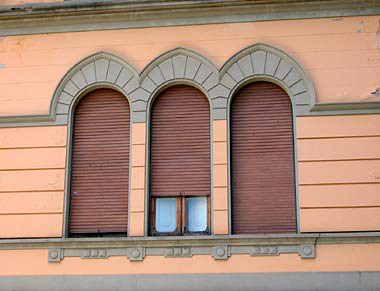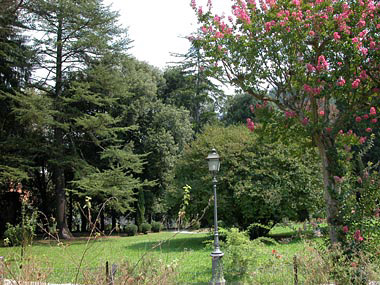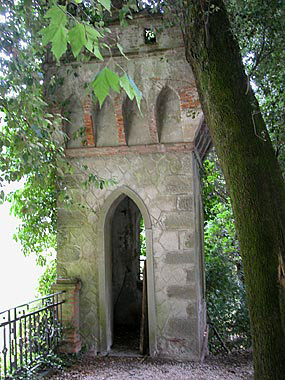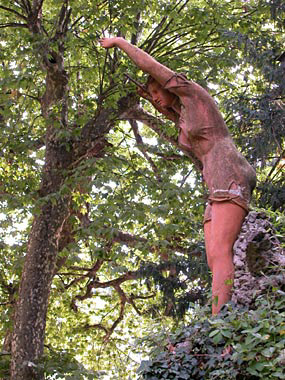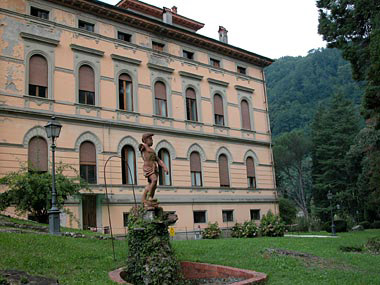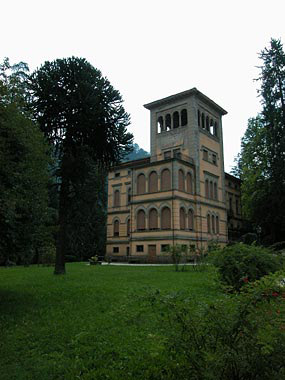Villa Fiori

Information
District:
Mediavalle
Building dating:
19th century, redone in 20th century
Garden dating:
19th century
District/Location:
The garden can be visited during the following hours: Summer 7.00-22.00; Winter 8.00-17.00

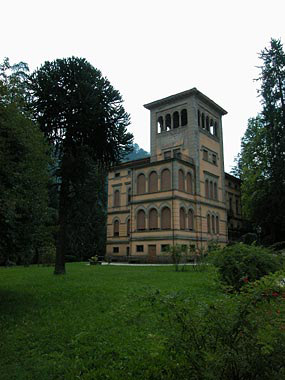
The present aspect of Villa Fiori is the work of the engineer Paolinelli, who worked on the restructuring of the building between 1916 and 1917. Its structure is an example of eclectic taste, present in 20th century construction. The spreading of industrialisation had reduced necessary building costs. New techniques and materials were used on buildings which were, at the same time, inspired by different significant moments in the history of architecture. It would seem as though they were trying to bring together in the new building, all the beautiful and important architectural accomplishments achieved over the the course of time. In villa Fiori you will find a range of neo-romanic to neo-gothic openings alongside each other as well as references to neo-classic forms. A Loggia surmounts the lateral avant-corp of the edifice. The floors of the building are scanned with cornices. The main element to the garden's architectural structure is its relationship with the stream, which marks the park's borders where it bends.
From the curious statues of bathers, the number of exotic plants, the imitation medieval towers, it can be clearly seen that the garden was created as a place for relaxation and fantastic evasion in time and space.
From the curious statues of bathers, the number of exotic plants, the imitation medieval towers, it can be clearly seen that the garden was created as a place for relaxation and fantastic evasion in time and space.
55022 Bagni di Lucca LU
In 1846, the villa (then Villa Pieri) was already rented out. It was a simple squared plan, three-floored construction. The building was bought by Baron Fiori in the second half of the 1800's and was converted into a type of medieval palace. A battlement was added to the crowning part of the building and turrets were built around the fencing of the park. The park's layout essentially dates back to this period although it was smaller in dimension at the end of the 1800's than it is today. Paolinelli's work (1916-1917), who gave the villa its present form, took place under the ownership of Jean Varraud, the French industrialist and founder of the company that managed the baths in Bagni di Lucca up until 1968. Varraud was a collectionist of paintings by Lorenzo Viani, and his collection is the core of the Pinacoteca Lorenzo Viani in Viareggio.
- CHERUBINI B., I Bagni di Lucca, Maria Pacini Fazzi, Lucca,1998
Scopri altre attrazioni vicino a Villa Fiori
See allYou may also like..
See allFind more
0








